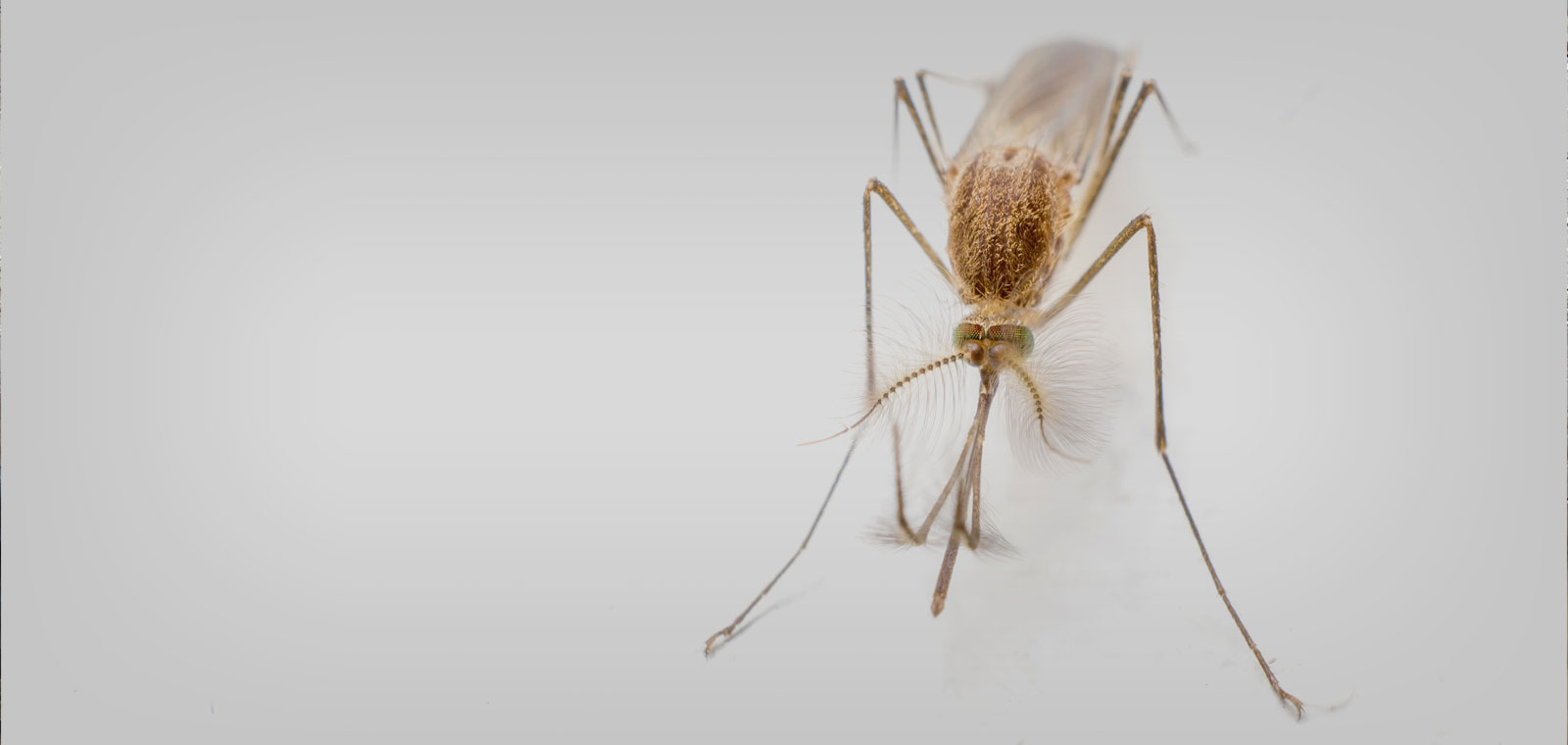
Mosquitoes in January, in the Netherlands, surely not? It may seem hard to believe but mosquitoes are causing a nuisance in various parts of the Netherlands. And we’d better watch out – West Nile virus may be closer than we think.
In this article (Dutch), mosquito expert Arnold van Vliet highlights the increase in the number of mosquitoes at this time of the year, and urges the public to report the level of nuisance on muggenradar.nl. ‘We would really like to know where and when mosquitoes are active. This is crucial because they can transmit West Nile virus.’
Van Vliet says that although this virus hasn’t yet reached the Netherlands, two owls in Berlin Zoo have already contracted it. ‘The virus has never been seen so far north before.’ In this article (Dutch), the mosquito expert even goes so far as to state that it is only a matter of time before the first West Nile virus infection occurs in the Netherlands. 'While it could take another ten or twenty years, it could also happen next year. If we were to have a very hot summer, the conditions in the Netherlands would be ideal for the virus to develop.'
Major infectious disease
West Nile virus (WNV) is still a relatively unknown phenomenon in the Netherlands, but BPRC has been conducting research into this major infectious disease for many years. Like dengue virus, it is an arbovirus, which is transmitted by mosquitoes. Read about the course of WNV and the symptoms of this infectious disease in humans here. ‘It can make you very ill,’ says head of BPRC’s molecular virology department, Ernst Verschoor. ‘In vulnerable groups in particular, such as the elderly, it can lead to severe conditions such as meningitis.’
Ernst is not surprised that other experts are linking the current mosquito nuisance to WNV. ‘There has been a huge increase in the number of cases of WNV in 2018 compared with previous years. Last year, some 1,500 cases were reported in the European Union, primarily in southern and eastern Europe. That’s more than the total for the last seven years. And, ultimately, people can die from it. Last year, 181 people in the EU died from it.’
A vaccine can definitely be developed
Ernst believes that the numbers reported are probably just the tip of the iceberg. ‘The virus can lead to West Nile fever. This affects some ten percent of cases. Many people think they just have flu, so they don’t need to go to hospital immediately. You’re only actually registered as suffering from WNV if you have to be hospitalised, for example. In the majority of cases, like flu, the virus just goes away.’
WNV is an acute infection for which no medicines or vaccines are currently available. ‘About five years ago we were involved in a study on WNV,’ says Ernst. ‘At that time we tested a vaccine for WNV in primates, which proved very effective! All the primates were protected against infection but there was no follow-up. This was due to lack of funding due to market demand. Some five or six years ago there were only a handful of cases of WNV in Europe and, with such low numbers, the pharmaceutical industry wasn’t keen to invest a lot of money in developing a vaccine. So the work was put on hold.’
But clearly a vaccine can be developed. Ernst anticipates that the sharp increase in the number of reported infections in the EU (and adjacent countries) will lead to greater interest within the pharmaceutical industry for further research into an effective vaccine against WNV infection. Let’s hope so.’
Usutu virus
In the meantime, Ernst and his colleagues from the molecular virology department are working hard on various studies relating to mosquito-borne viruses, such as the Usutu virus, which as yet is unknown to the public. ‘This virus is transmitted by the same mosquitoes as WNV and is a major cause of death amongst blackbirds, here in the Netherlands too. This virus is closely related to WNV and can develop into a pathogen in humans. The knowledge that we gain through this research will also benefit our work on WNV and vice versa. We may be able to use what we now know about developing a vaccine for WNV to develop a vaccine for the Usutu virus should the need arise. So this knowledge will always be useful in combating serious infectious diseases!’

